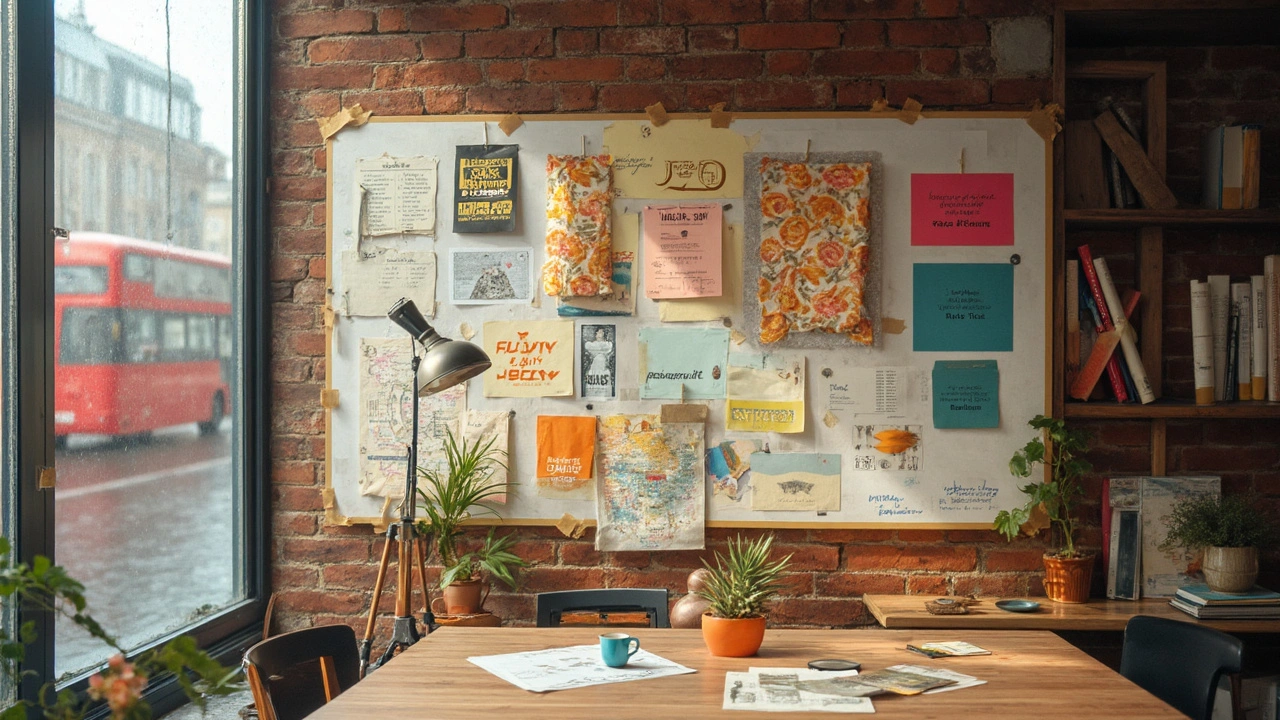Y2K Aesthetics: How to Nail the Early‑2000s Look in Art & Design
Remember the thrill of opening a brand‑new iMac or scrolling through glossy web pages with glittery buttons? That excitement lives on in Y2K aesthetics – a mix of bright tech optimism, retro‑futuristic graphics, and a dash of nostalgia. If you want to give your work that instantly recognizable early‑2000s vibe, you don’t need a time machine. Below are the core elements and easy ways to use them.
What makes Y2K aesthetics tick?
First, think color. Neon blues, hot pinks, and metallic silvers dominate the palette. Pair a bright teal with a soft lavender and you’ve got a classic Y2K combo. Next, look at shapes. Rounded corners, glossy gradients, and chrome‑like surfaces were everywhere, from software icons to posters.
Textures also matter. Shiny plastic, holographic foil, and pixel‑style patterns scream the era. Add a subtle grain or scan‑line effect to photos and you instantly get that digital‑early‑2000s feel.
Typography is another giveaway. Chunky sans‑serifs, especially ones that look like they were designed for a TV screen, work great. Think fonts similar to Arial Rounded or early web‑safe typefaces with a futuristic twist.
Finally, the vibe. Y2K was about optimism about the internet, space, and new tech. Including futuristic icons like satellites, digital avatars, or glitchy animations helps capture that spirit.
How to bring Y2K vibes into your space
Start small. Change a website’s color scheme to neon + metallic and swap out a few icons for glossy, rounded versions. For art projects, overlay a subtle gradient and add a pixel‑grid texture.
If you’re decorating a room, look for furniture with chrome legs, clear acrylic pieces, and bright accent pillows. A few retro posters with pixel art or glittery fonts can turn the whole place into a Y2K showcase.When designing a logo or brand, experiment with a soft‑glow effect around the letters. Keep the letters bold and simple – the era loved clear, readable shapes that could be seen on low‑resolution screens.
Don’t forget motion. Simple hover effects, light‑up buttons, or slow‑moving glows add that interactive sparkle popular in early web design. Even a GIF of a loading bar can make a modern site feel vintage.
Mix in some cultural references: think early‑2000s pop icons, classic video games, or the sleek lines of a Nokia 3310. A subtle nod to these touches makes the aesthetic feel authentic without overdoing it.
Lastly, stay balanced. Too many neon elements can overwhelm, so pair them with neutral backgrounds like soft gray or off‑white. This keeps the design fresh and prevents the look from feeling dated.
Ready to try? Pick one element – maybe a neon gradient or a rounded button – and apply it across a project. You’ll see how quickly that Y2K energy spreads. Keep experimenting, and soon you’ll have a signature style that feels both retro and modern at the same time.

Revivalism in Graphic Design: Why Nostalgia Works and How to Use It
Why nostalgic design keeps winning, which eras to borrow from, and how to apply them without looking dated. Practical steps, style recipes, pitfalls, and a quick checklist.
Read more